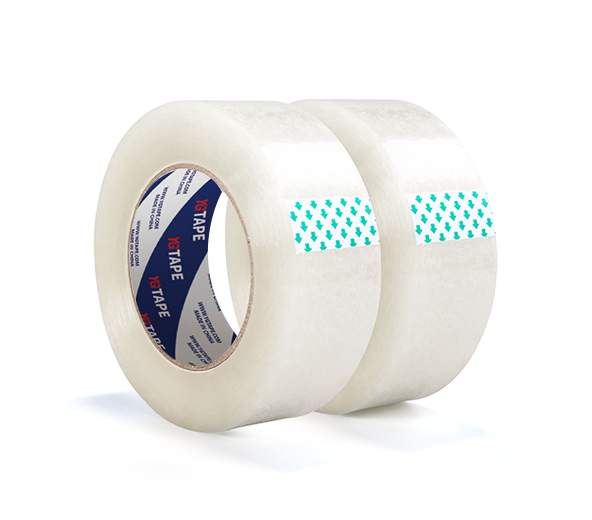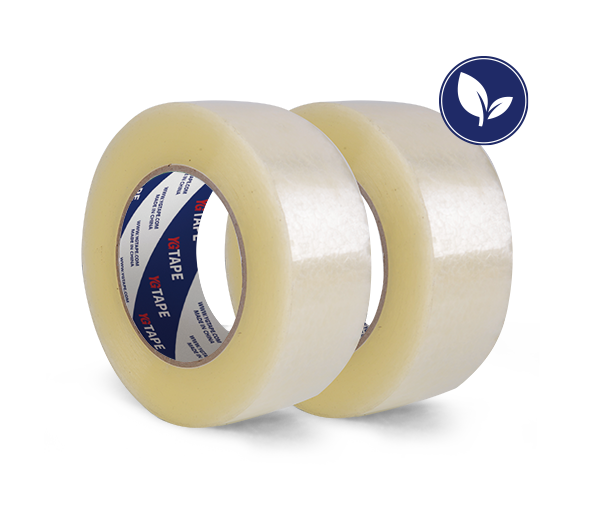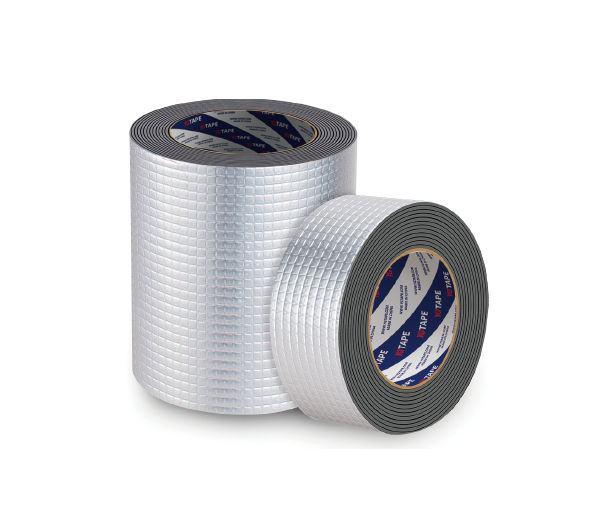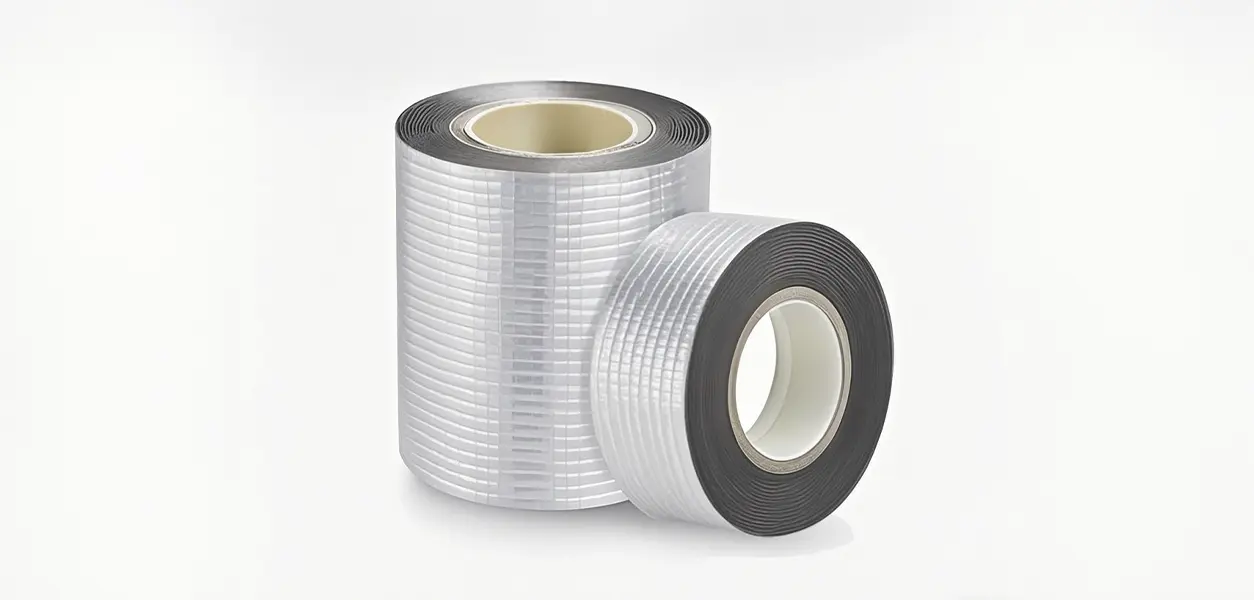
When it comes to reliable sealing, waterproofing, and long-lasting repairs, butyl tape continues to stand out as a versatile solution trusted by professionals and DIYers alike. From construction and automotive maintenance to RV and home repair, butyl tape is widely used thanks to its durability, flexibility, and waterproof sealing capabilities.
But what is butyl tape good for, and how do you choose the right one for your needs? This guide explores key features, benefits, and insider product recommendations to help you get the most out of this essential material.
What is Butyl Tape?
Butyl tape is a synthetic rubber adhesive tape known for its exceptional sealing properties. Unlike silicone or acrylic tapes, butyl rubber sealant tape remains flexible in a wide range of temperatures and adheres strongly to a variety of surfaces—wood, metal, plastic, and glass.
.webp)
This waterproofing tape is particularly effective at blocking out water, moisture, air, and chemicals, making it a go-to material for construction joints, vehicle roofs, and RV siding.
What is Butyl Tape Good For?
Butyl tape is incredibly versatile. Common applications include:
● Sealing roofing joints and flashings
● Waterproofing window and door frames
● Fixing leaks in RVs and trailers
● Pipe insulation and ductwork sealing
● Joining high-polymer waterproof membranes
Its adaptability makes it a preferred choice across multiple industries including construction, automotive, marine, and general repair.
Explore the Types of Butyl Tape
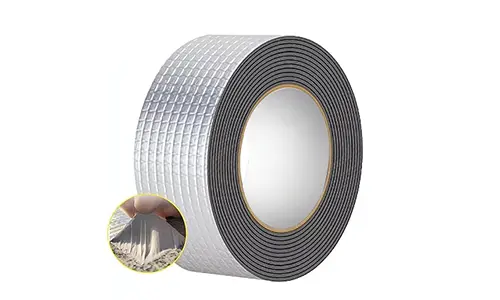
Aluminum Foil Butyl Tape
Perfect for roofing and underground waterproofing, this tape features a reflective foil layer for enhanced durability. It offers strong adhesion even on concrete and masonry. With a working temperature range of -15°C to 45°C, it’s suited for variable climates. In colder temperatures (below 15°C), pre-warming the adhesive surface with a heat gun ensures optimal bonding.
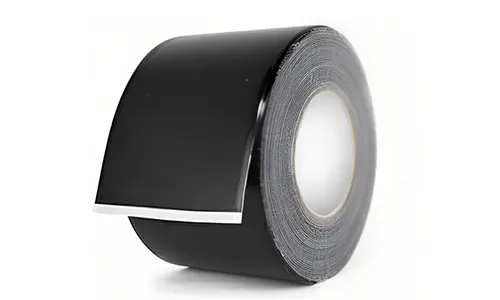
PVC Butyl Rubber Tape
Ideal for automotive and RV applications, this version creates a seamless waterproof layer that resists extreme temperatures without melting or degrading. It adheres easily to various surfaces and can be painted over for a clean finish. Whether you're sealing a vehicle roof or a trailer vent, it delivers professional-grade performance.
What is the Advantage of Butyl Tape?
● Superior Waterproofing: Yes, butyl tape is waterproof and resists leaks, vapors, and chemicals.
● Weather-Resistant: It maintains performance in cold, heat, and humidity.
● No Curing Required: It bonds immediately upon application.
● Flexible and Stretchable: Conforms to irregular surfaces.
● Paintable Surface: Especially useful in finishing automotive or construction work.
What is the Disadvantage of Butyl Tape?
While butyl tape excels in many areas, it's not without limitations:
● Sticky Handling: It can be difficult to work with without gloves.
● Surface Sensitivity: May not adhere well to dusty, oily, or extremely rough textures without surface prep.
● Temperature Sensitivity at Cold: Below freezing, it may stiffen unless preheated.
How to Choose the Right Butyl Tape
When selecting a waterproofing tape, consider the following:
● Environment: Indoor vs. outdoor, exposure to elements
● Surface Compatibility: Metal, plastic, concrete, wood
● Application Type: Long-term sealing, repair, or temporary use
● Temperature Range: Look for specifications like -15°C to 45°C for all-weather resilience
● Thickness and Width: Choose based on the size of the gap or seam to be sealed
How to Properly Install Butyl Tape
Proper installation is key to ensuring the long-term performance of butyl rubber sealant tape. Whether you're working on a roof, RV, or sealing construction joints, follow these steps for a clean, professional-grade seal:
1. Clean the Surface
Ensure the application surface is dry, dust-free, and oil-free. Debris or moisture can weaken adhesion. Use a cloth, alcohol-based cleaner, or light abrasion if needed.
2. Measure and Cut the Tape
Unroll the butyl tape and cut to the desired length using scissors or a utility knife. Avoid stretching the tape during this step, as it may reduce sealing performance.
3. Apply the Tape
Press the tape firmly onto the surface, aligning it with the seam or joint. For Aluminum Foil Butyl, ensure the foil side faces outward. Apply even pressure throughout for maximum bonding.
4. Remove Release Liner
Slowly peel off the protective liner while pressing the tape down simultaneously. This prevents wrinkles or air bubbles.
5. Seal and Smooth
Use a roller or hand tool to press the tape tightly against the surface. This improves contact and ensures the tape conforms to surface irregularities.
6. Heat (If Necessary)
For cold environments (especially below 15°C), gently heat the adhesive side using a heat gun or hairdryer until slightly tacky. This improves pliability and bonding strength—especially for YG waterproofing tape in outdoor winter applications.
7. Paint or Finish (Optional)
If you’re using PVC butyl tape with a paintable surface, you can paint over it after installation to match surrounding materials for a seamless finish.
How to Remove Butyl Tape Effectively
Whether you're replacing old seals or repositioning tape during an installation, clean removal of butyl rubber sealant tape is essential to preserve surface integrity and prepare for reapplication. Here's a proven, four-step method for effective removal:
Tools You'll Need:
● Putty knife (plastic versions are gentler on surfaces)
● Adhesive remover (commercial-grade)
● Warm water, mild detergent, soft rags, and dry cloths
Step-by-Step Removal Process:
1. Start at the Edge
Gently lift a corner of the tape using a putty knife. Apply a hot, soapy cloth to soften the adhesive underneath, making it easier to pry off larger sections.
2. Apply Adhesive Remover
Dampen a soft cloth with adhesive remover and rub over remaining residue. Let it sit for 5–10 minutes or follow the remover's instructions to loosen the bond.
3. Wipe Away Residue
Use a damp rag to remove softened adhesive. Avoid excessive scrubbing on delicate surfaces.
4. Clean and Dry
Finish by cleaning the area with soap and water. Repeat as needed until all residue is gone. Dry thoroughly before applying new tape.
Professionals Choose YG Waterproofing Tape
While there are many options in the market, professionals around the world trust YG waterproofing tape for its dependable performance and diverse applications. With manufacturing facilities in both Vietnam and Malaysia, YG Group operates on a truly global scale, serving clients across construction, automotive, marine, and industrial sectors.
As a worldwide tape manufacturer and distributor, YG offers more than just off-the-shelf products. We also support customized butyl tape solutions tailored to your specific sealing or waterproofing needs—whether it’s tape thickness, width, liner type, or bonding strength.
So whether you're sealing a rooftop in Europe or repairing an RV in Southeast Asia, YG has the infrastructure and experience to support your projects with consistency and speed.
Get in touch with us today at gmoffice1@ygtape.com to explore our product catalog or discuss your custom tape requirements. We’re here to help you seal with confidence—anywhere in the world.
Frequently Asked Questions (FAQs)
Q: What is butyl tape good for?
A: It's great for waterproof sealing, construction joints, RV repairs, and automotive roof maintenance.
Q: Does butyl tape waterproof effectively?
A: Absolutely. Butyl tape forms a moisture-tight seal that blocks water, air, and chemicals.
Q: What is the advantage of butyl tape?
A: It bonds instantly, lasts for years, and stays flexible in extreme weather.
Q: What is the disadvantage of butyl tape?
A: It can be tricky to handle and may require surface prep or heat in cold environments.

